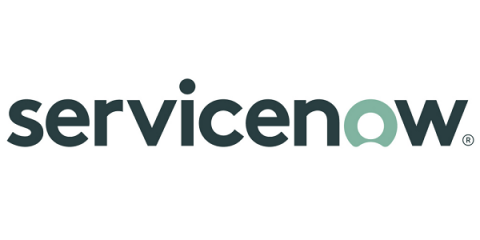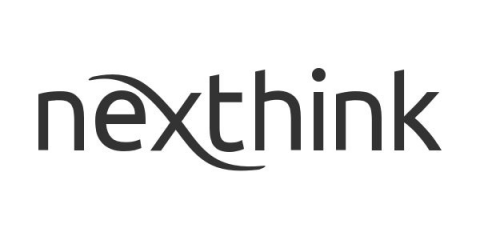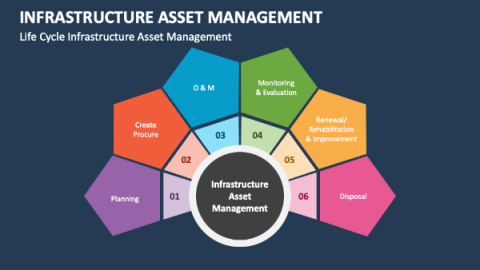Operations | Monitoring | ITSM | DevOps | Cloud
Latest News
Why process mining is a game changer for process optimization
In a rapidly changing economic environment, business growth comes with challenges. As organizations grow, some processes become complex and unwieldy, which makes it hard to be agile. Siloed processes create inefficiency and risk. Optimizing processes through purposeful automation can improve employee productivity, boost efficiency, and accelerate time to value—as well as enable a company to change direction rapidly.
ClickUp Alternatives (5 Options)
What are the best ClickUp alternatives? There is no shortage of project management software solutions available on the market today. If you are looking for ClickUp alternatives, you should consider project management platforms with the following features: It’s tough to find a solution that ticks all of these boxes. However, you’re in luck. This guide will explore the best alternatives to ClickUp on the market.
Modern organizations need an intelligent digital platform
In the face of macroeconomic challenges, the tech strategy has in many cases become synonymous with the business strategy. Organizations need to do more with less, transform their business models to grow revenue, and gain a competitive advantage to weather this storm. Ultimately, those that can find ways to accelerate the business impact of their technology investments will be best positioned for long-term resilience.
The Ultimate Guide to Digital Workplace Observability
The digital workplace has evolved dramatically over the past decade, both in terms of the increased reliance on technology for daily operations and the complexity of that technology. In order to manage an improve the digital workplace, service desk teams need more than just a comprehensive view of their IT environments — they need to be able to analyze that data in real-time to make faster, more continuously effective decisions. Enter: digital workplace observability.
Automating IT Operations with ITAM
IT professionals, because of the massive shift to Everywhere Work, have been tasked with blazing the trail for a fast-tracked automation and AI process at their organization – as well as a move to the cloud. With constantly expanding IT environments, automation has moved from a luxury to a priority for IT professionals. But for your automation processes to be successful you need to consider investing in IT asset management (ITAM). Why?
Why DEX and ITSM are like two peas in a pod
Best Practices in Infrastructure Asset Management
Welcome to the Now Platform Utah release!
We’re at a unique moment in business history. Organizations face mounting pressure to streamline their processes and improve productivity and performance, often with tighter budgets and fewer resources. Business leaders must drive uninterrupted innovation and enable their teams to do great work—despite economic uncertainty. My team and I are passionate about developing innovative solutions to customers’ pressing needs.









